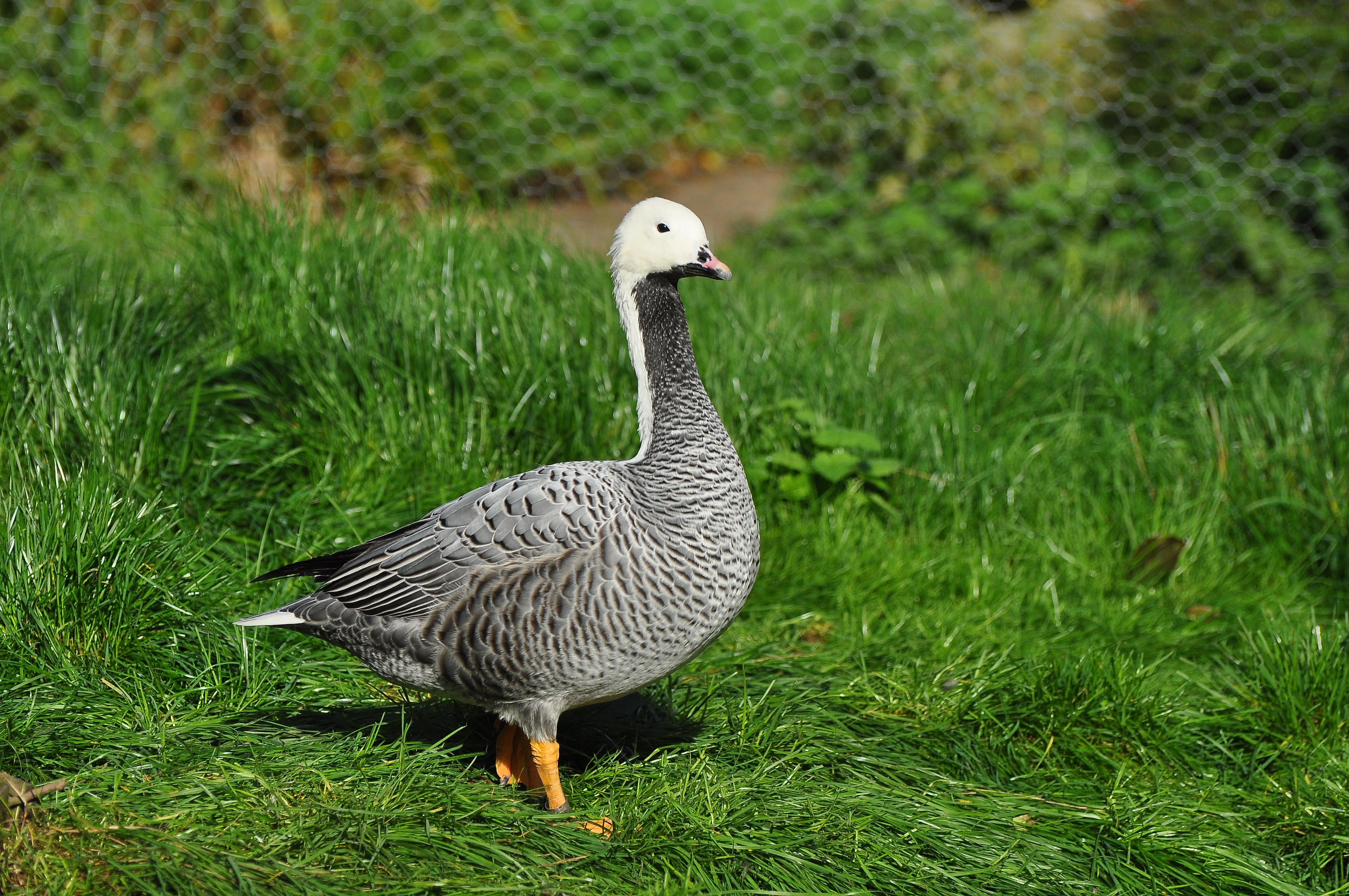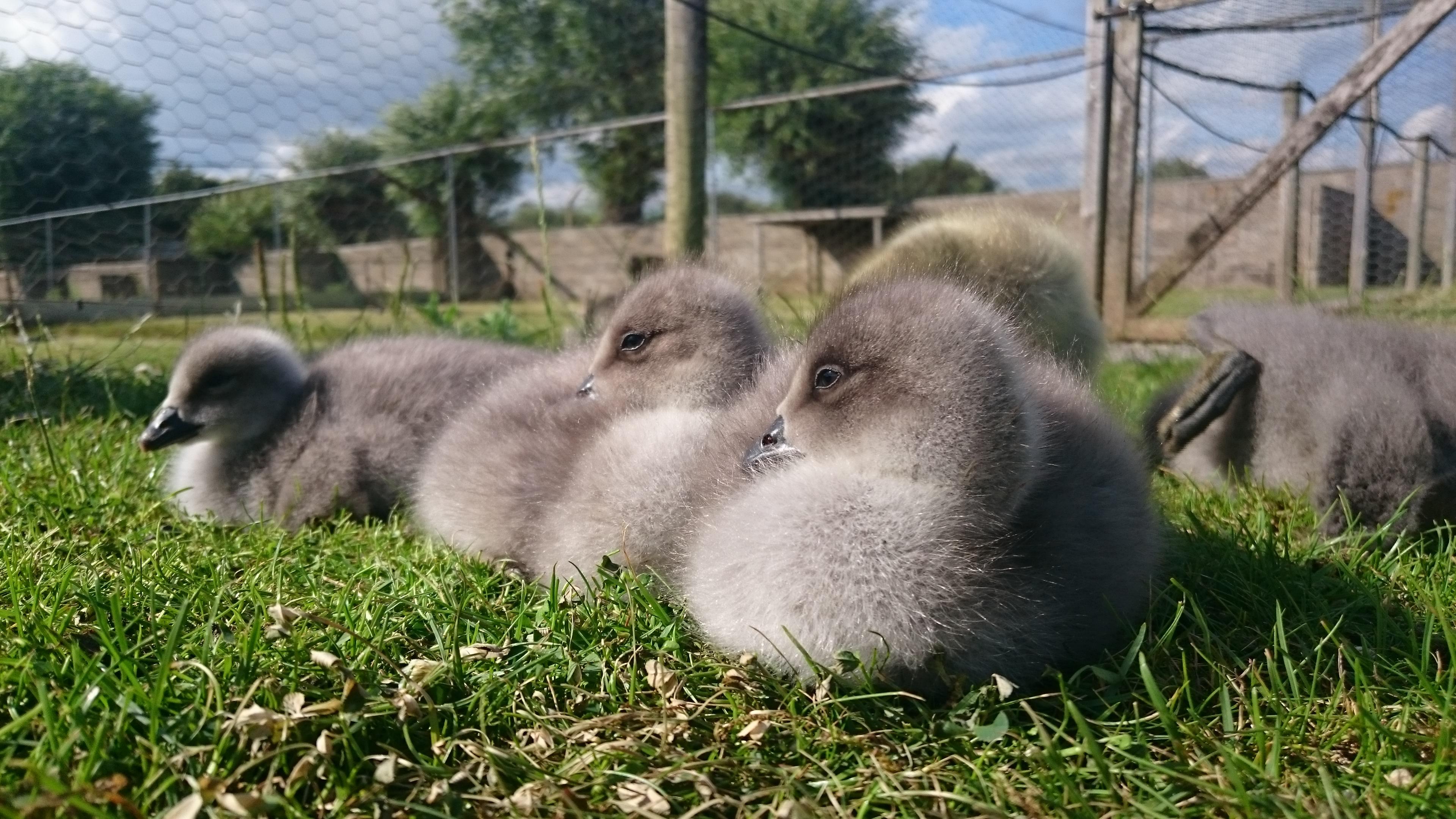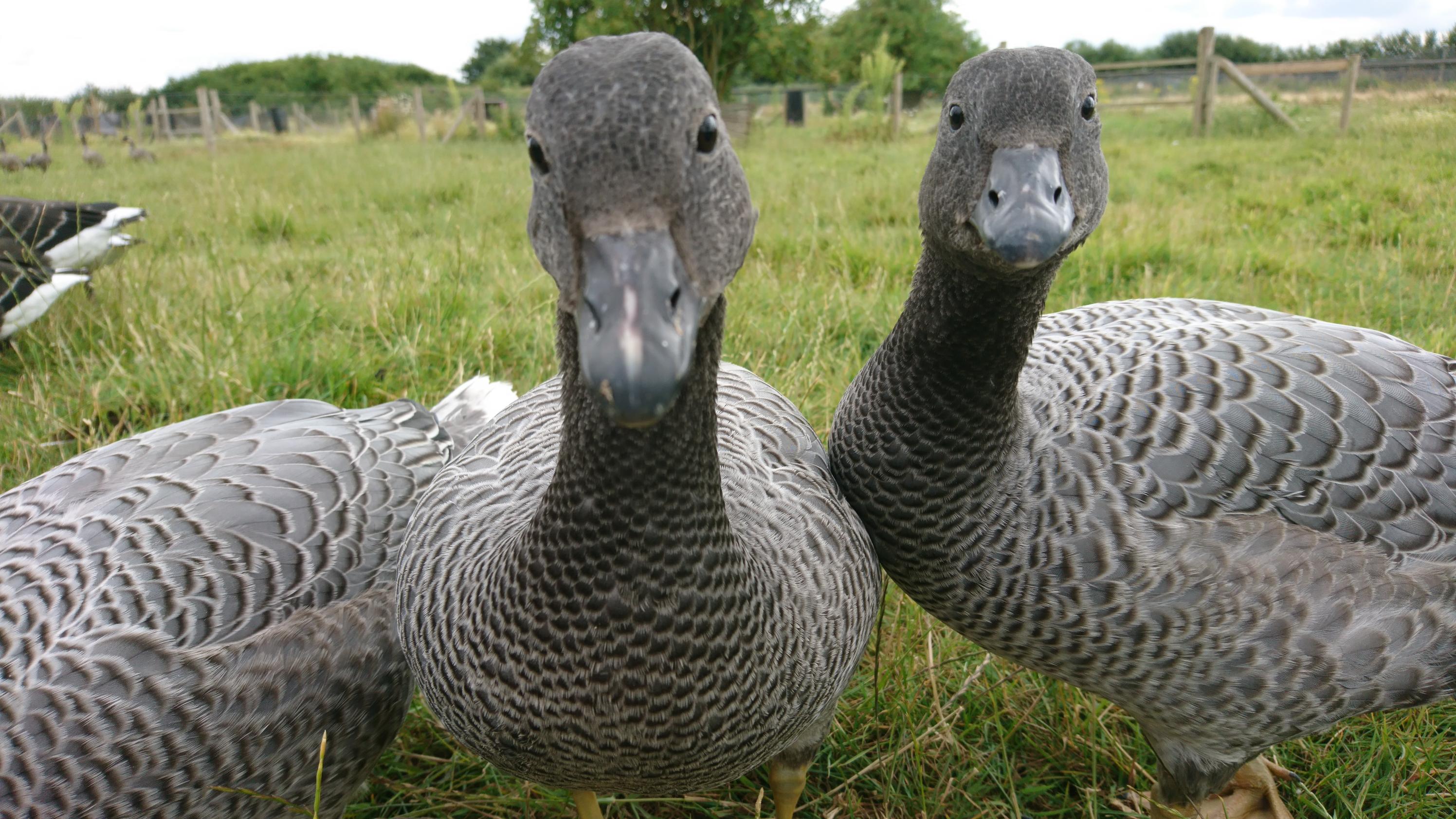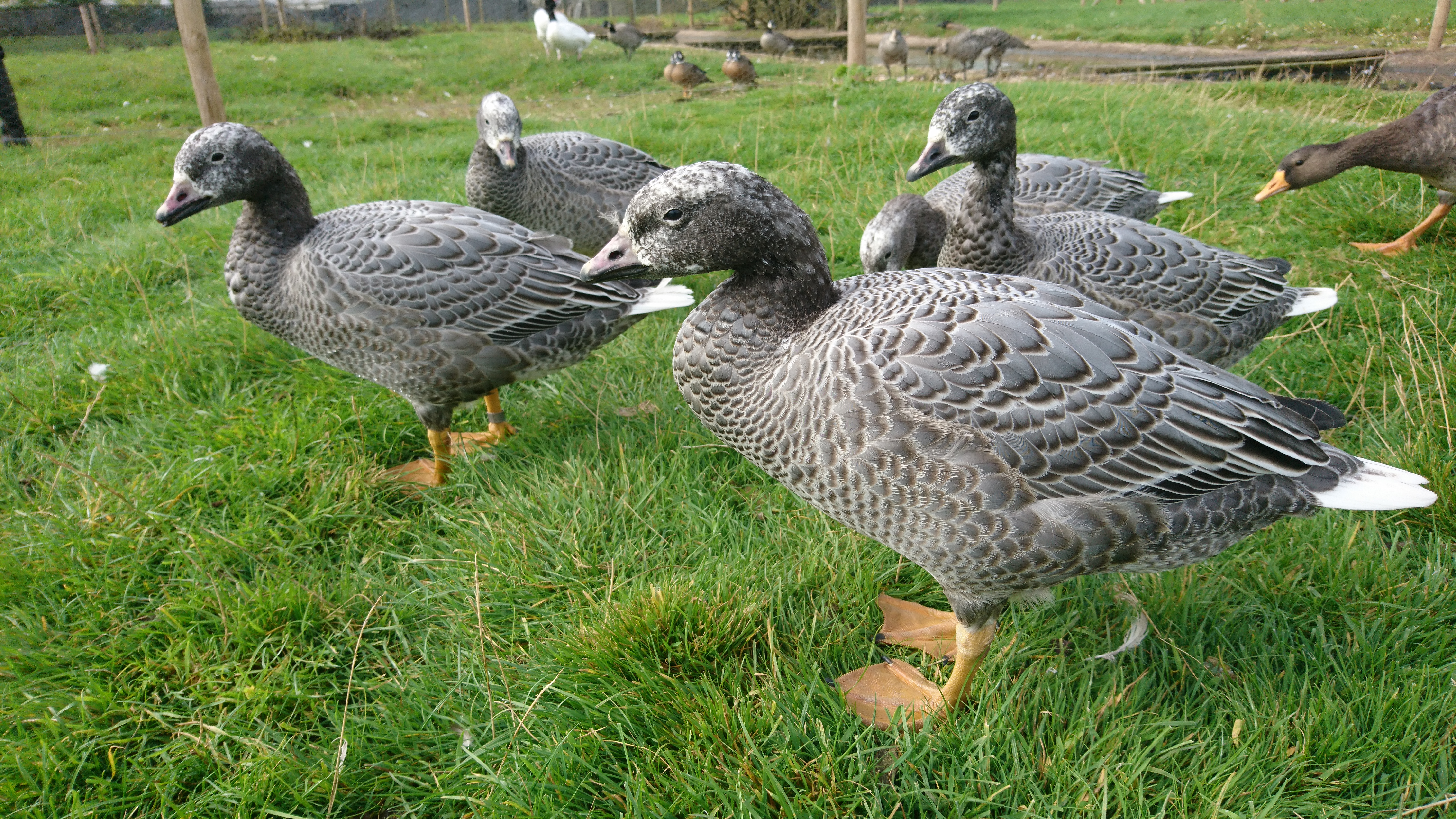Emperor Geese.
There’s nothing quite as fluffy as an Emperor Goose gosling; but you need that dense down (baby feathers) when you hatch in the wilds of arctic Alaska where zero degrees is considered to be like summer! Here at WWT our Emperor geese are the plumpest geese in our collection but who can blame them - they are considered to be one of the world’s heaviest geese!

Surviving in the Alaskan arctic
Emperor geese can weigh up to 3kg and exhibit great strength. All of this makes sense when you realise that this Alaskan species rarely comes south, both breeding and overwintering where possible in the Yukon delta and the Aleutian Islands (Alaska and the islands off the west coast of Alaska). The geese feed and breed in iron rich coastal waters and wetlands, and can often exhibit orange staining on their beautiful white heads.

Living a solitary life
In the wild the Emperor is almost a recluse – living a solitary life. The species may migrate in flocks but are usually found in loose family groups, camouflaging into shallow brush vegetation along the west Alaskan coastline. This barren environment will spring to life over a brief period for the artic summer, but even so that Emperor goose has to work hard to survive.

Couples stay faithful
Youngsters pair up during their first adult migration, arriving at the breeding grounds already prepared to lay eggs and not wasting time with flirtation! The female lays 5-6 large creamy eggs and performs the whole incubation, but both parents help rear the young and remain faithful to one another. The female can lose anything up to 20% of her body weight during incubation; the reality of nesting in temperatures where zero degrees is considered to be like summer. Their lifespan is a maximum of 12 years, with first breeding at 3 or 4. Productivity is linked to weather conditions. The sea ice melting is all important for the breeding season to begin.

Defending themselves from predators
Emperor parents have to cope with a lot of threats, from snowy owls, to big gulls and arctic foxes. They’re brave and work as a team to protect their youngsters. Thankfully an Emperor gosling can fledge in just 60 days! There’s nothing quite as impressive as an angry goose defending its nest!
Emperor geese are threatened by hunting and climate change
The reality is however that the Emperor goose is steadily declining due to a combination of hunting and climate change. Their numbers have dropped from 139,000 to 42,000 in recent years, and at the last count were at 85,000 in 2001.
There is currently a 20 year study in the Yukon delta, to better understand their breeding and migration patterns. It remains a constant surprise that there is still so much to learn about species that we are lucky enough to see here at WWT every day.
We hope that in learning to love the Emperor goose, we can inspire you to take action to help save this goose. The species can be seen in the "Geese of the World" exhibit at WWT Slimbridge.

